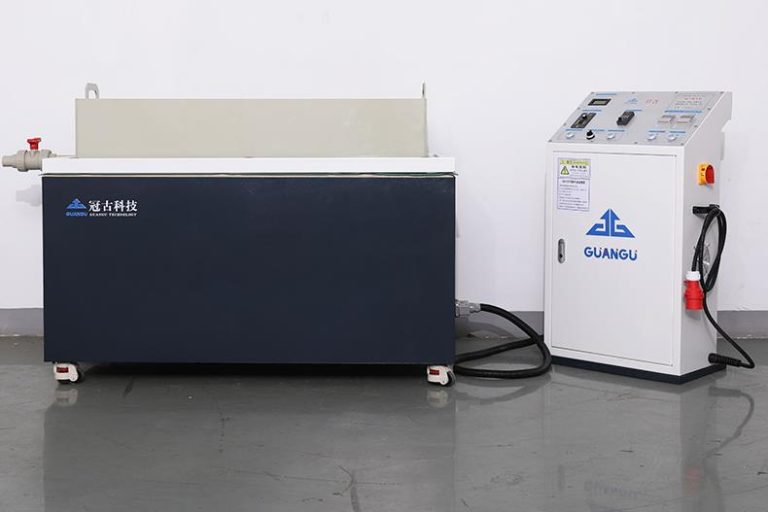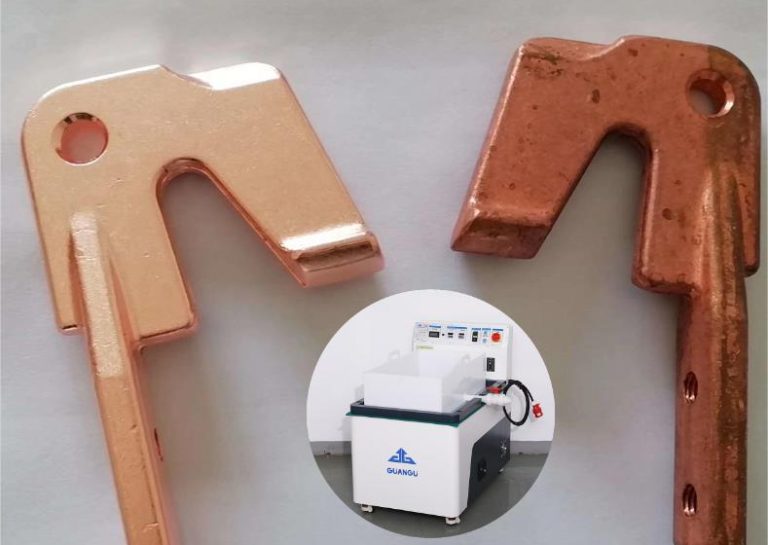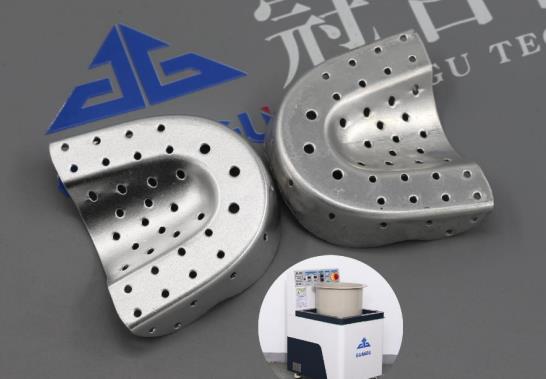In the field of brain computer interface research, polishing of parts is a key technology. With the continuous development of technology, magnetic polishing technology has gradually been widely applied. This article will introduce the importance of brain machine polishing, the principle and process of magnetic polishing, and explore the application and future development direction of this technology through case analysis.

In the field of medicine, the application prospects of brain computer interface technology are broad. Brain computer interface technology can help disabled individuals achieve motor function reconstruction, and can also be applied to various aspects such as neural signal acquisition, brain disease diagnosis, and neural regulation. In these applications, the polishing treatment of brain machine parts has a significant impact on the stability and accuracy of the interface. Through precise polishing techniques, the surface of brain computer interface components can be made smoother, reducing friction resistance with blood, thereby improving the stability and accuracy of signal acquisition.
In the industrial field, magnetic polishing technology is also widely used for surface treatment of various parts. The principle of polishing is based on the non-uniformity of magnetic field distribution. The workpiece is placed in a strong magnetic field and the surface of the workpiece is polished using magnetic force. Magnetic polishing technology has the advantages of high efficiency, low energy consumption, and high precision, and is particularly suitable for polishing complex surfaces and deep holes that cannot be processed by traditional mechanical polishing. In the field of brain computer interface, polishing technology can be used for fine processing of microelectrodes for collecting signals, thereby improving the stability and reliability of brain computer interface.
In practical applications, magnetic polishing technology has played an important role in the processing of brain computer interface parts. For example, a research group has utilized magnetic polishing technology to process microelectrodes that collect signals, achieving high-precision and high stability neural signal acquisition. At the same time, this technology can also be used to handle various complex brain computer interface components, thereby promoting the development of brain computer interface technology.
However, there are still some problems and challenges in the application of magnetic polishing technology in the field of brain computer interfaces. Firstly, the processing efficiency of magnetic polishing is relatively low, and further optimization of process parameters is needed to improve efficiency. Secondly, during the polishing process, heat may be generated, leading to thermal deformation of the workpiece and affecting the polishing effect. In addition, the cost of polishing equipment is relatively high, and further cost reduction is needed to promote its application.
In summary, magnetic polishing technology has broad application prospects in the field of brain computer interfaces. By continuously optimizing the magnetic polishing process and improving equipment efficiency, the development of brain computer interface technology can be better promoted, bringing more innovation and breakthroughs to the medical and industrial fields. In future development, polishing technology is expected to become one of the important supporting technologies in the field of brain computer interface, providing strong guarantees for the widespread application and breakthrough of brain computer interface technology.





